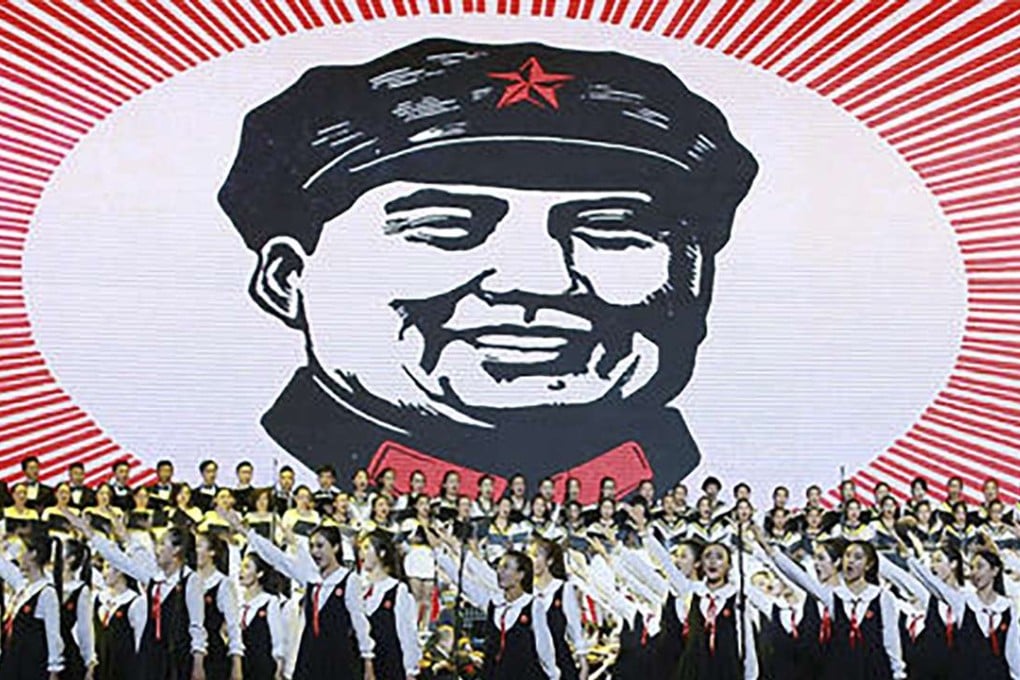Can China ever move on from Mao Zedong?
Strands of Maoist thought are re-emerging forty years after the chairman’s death, raising fears that official ambiguity on his legacy has left the soil of revolution fertile

For half a century, Mao Zedong ( 毛澤東 ) has stared down at the throngs who visit Tiananmen Square.
In what is one of the world’s most recognisable portraits, his gaze meets visitors straight on – as it has ever since October 1, 1967, at the height of the Cultural Revolution.
Over the years the portrait has become an archetypal image of the former chairman of the Communist Party of China, yet what many of those who visit today may not appreciate is its subtle difference to an earlier portrayal that once hung in its place.
That version, a side-on portrait showing only the left side of Mao’s face, fell out of favour due to fears it suggested he heeded and trusted only one side. Far better the version that remains today, in which Mao looks straight forward, both ears visible, open to all sides.

This more open image of Mao, presented at China’s symbolic hub of power, is quite different to how the party described him in 1981.
“He gradually became proud and disconnected from reality and the people. His subjectivism and arbitrary style deteriorated, and he became above the central leadership of the party,” said an official resolution giving a verdict on Mao’s rule during the revolution.
